Timeline of Penn State College of Medicine
A timeline of Penn State College of Medicine
Defining What Medicine Means Through the Decades
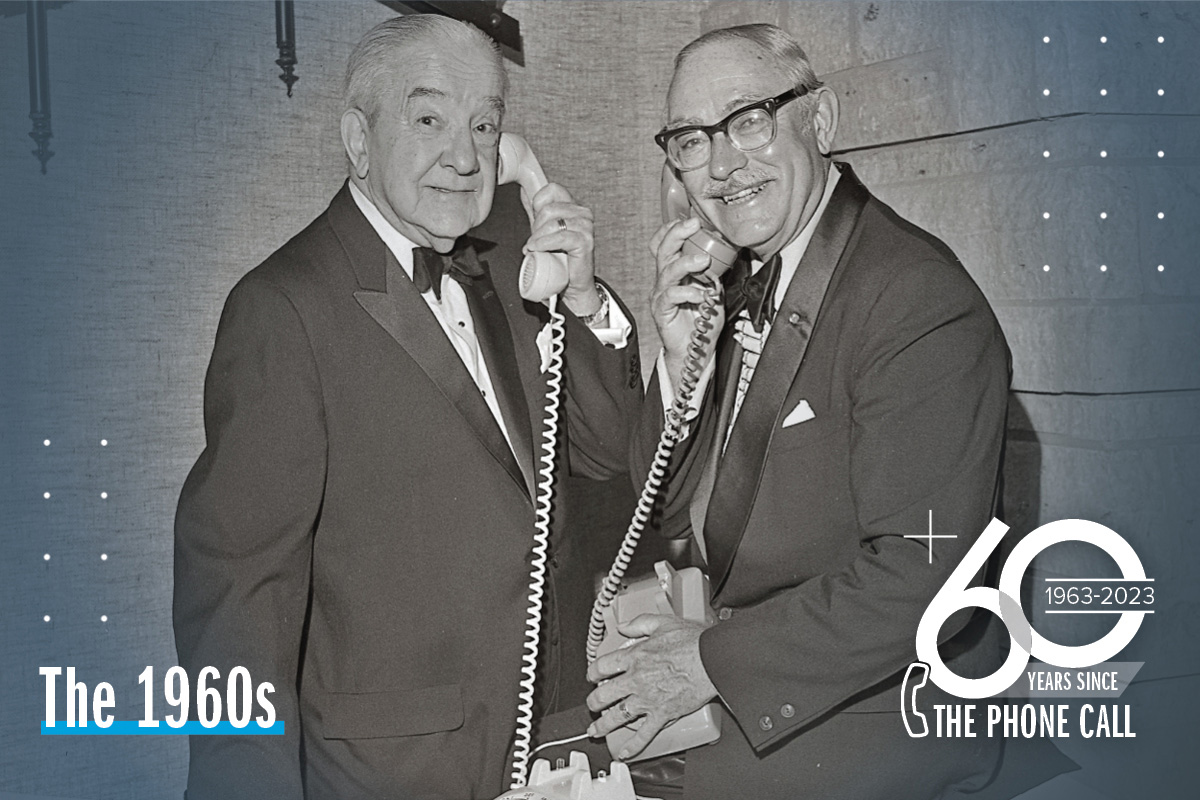
It all started in 1963.
That year, Sam Hinkle, president of The Hershey Company and a Penn State University alumnus, called up Eric Walker, then-president of the University, to share a grand idea: put some of Milton S. Hershey’s philanthropic funds toward the creation of a medical center and teaching hospital.
“(Hershey) was primarily concerned with the alleviation of human suffering,” Hinkle said during an early meeting to discuss the building project. “And there’s where the medical school idea came into the picture. … I feel certain that it’s the right thing to do.”
The Milton S. Hershey Foundation agreed and formally offered $50 million to Penn State to establish what would eventually become Penn State College of Medicine and Penn State Health Milton S. Hershey Medical Center.
In the six decades since, the College of Medicine has grown from one singular campus and a small class of medical students in the heart of Pennsylvania to a multi-campus academic, research and clinical care powerhouse and force for good. Inspired by our legacy of academic excellence, groundbreaking research and life-changing patient care, we continue to change lives for the better. We continue to honor the dream of Milton S. Hershey to care for those around us. We continue to show the world what medicine means.
The 1960s
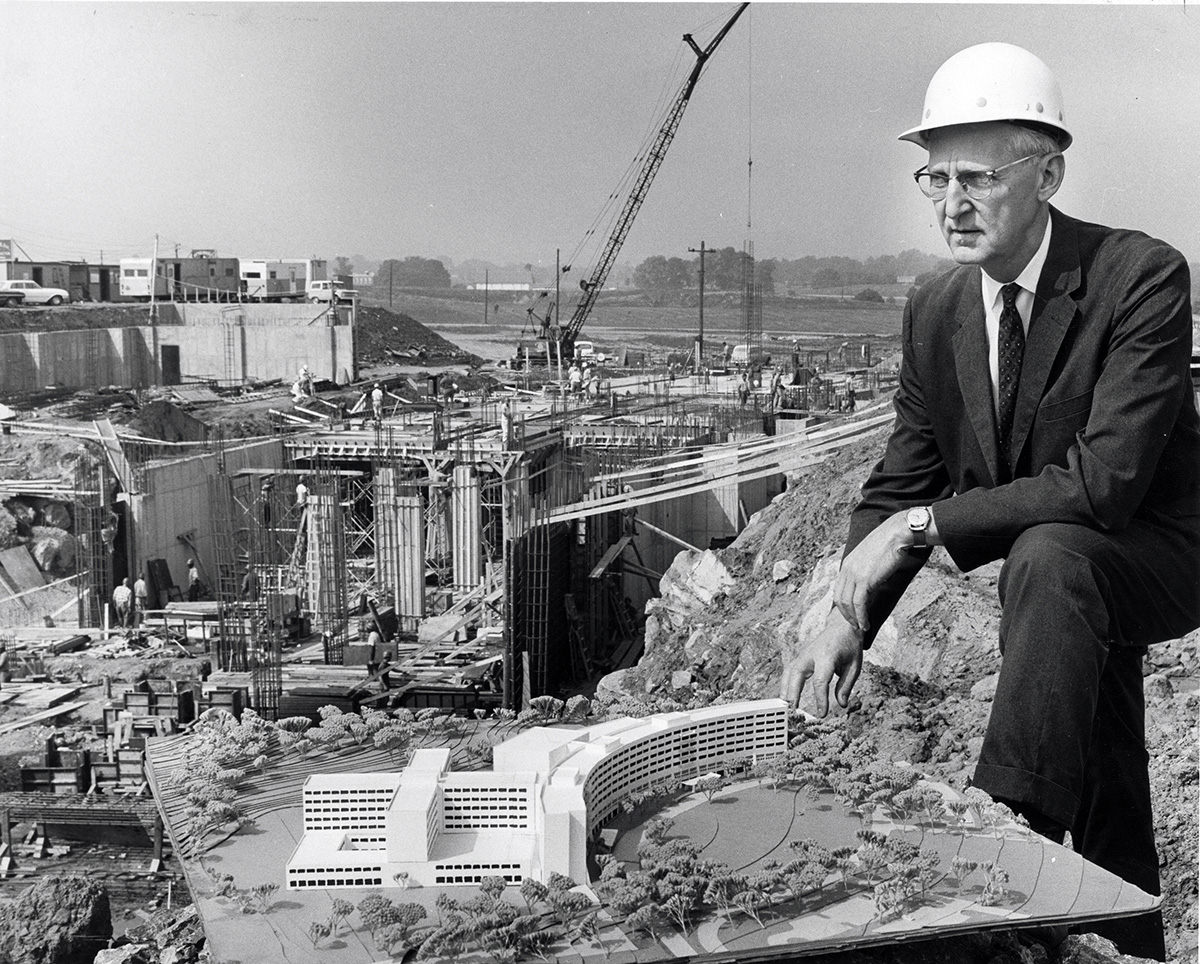
1963: The fabled “$50 million phone call” sets the wheels in motion to build a medical school, teaching hospital and research center in honor of Milton S. Hershey.
1965: George T. Harrell, MD, is appointed as the founding Penn State College of Medicine dean; under his leadership, the College becomes the first medical school in the nation to have a dedicated Department of Humanities and Department of Family and Community Medicine.
1966: Ground breaks on the College and medical center. During its construction, research is conducted in a nearby farmhouse that eventually becomes The Cocoa Beanery; the kitchen of the house is set up as a laboratory.
1967: The first class of medical students enrolls.
1969: Lois W. Forney becomes the first graduate of the College of Medicine, earning a master’s of science in physiology.
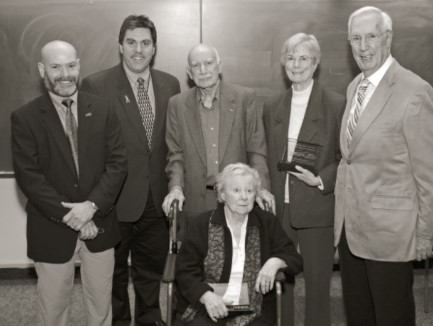
The 1970s
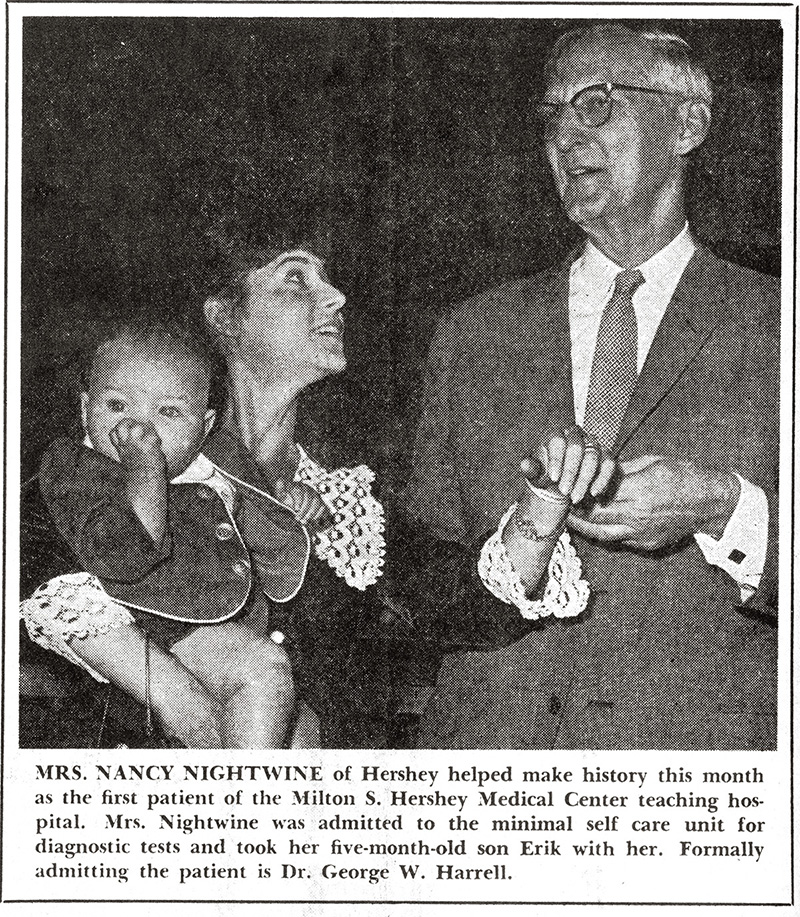
1970: The medical center admits its first patient, Nancy Nightwine.
1971: The first class of medical students graduates from Penn State College of Medicine. There are 34 students in this first class.
1976: William S. Pierce, MD, attaches the first Penn State air-driven heart pump (later known as the Pierce-Donachy pump) to the heart of a patient who had undergone open heart surgery at Penn State Health Milton S. Hershey Medical Center and was having trouble coming off the heart-lung machine. The patient survives and returns home; this groundbreaking device is later used around the world.
1977: Five years after Penn Staters begin hosting dance marathons to raise money for charities, THON is founded and starts supporting Four Diamonds at Penn State Health Children’s Hospital.
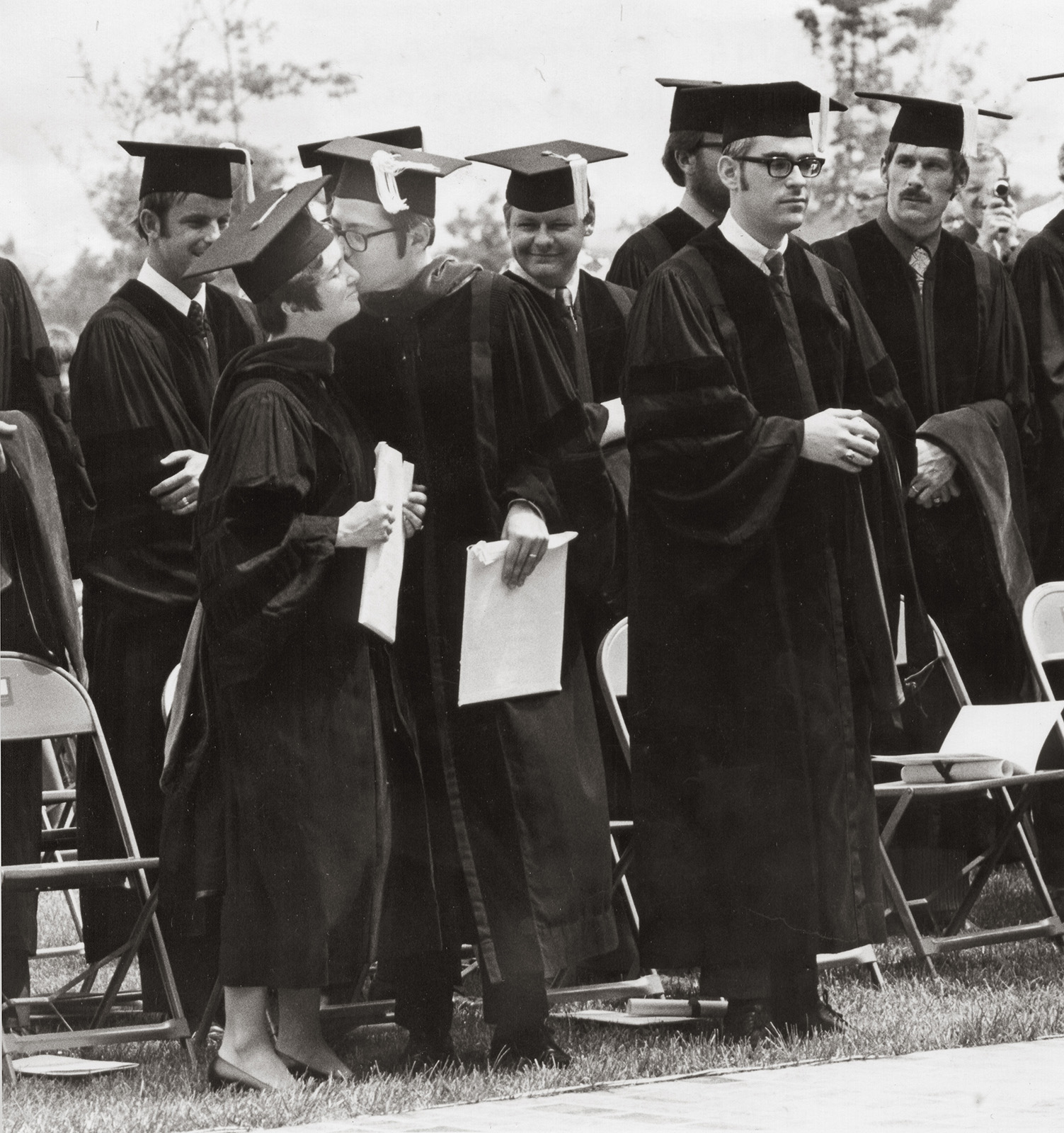
The 1980s
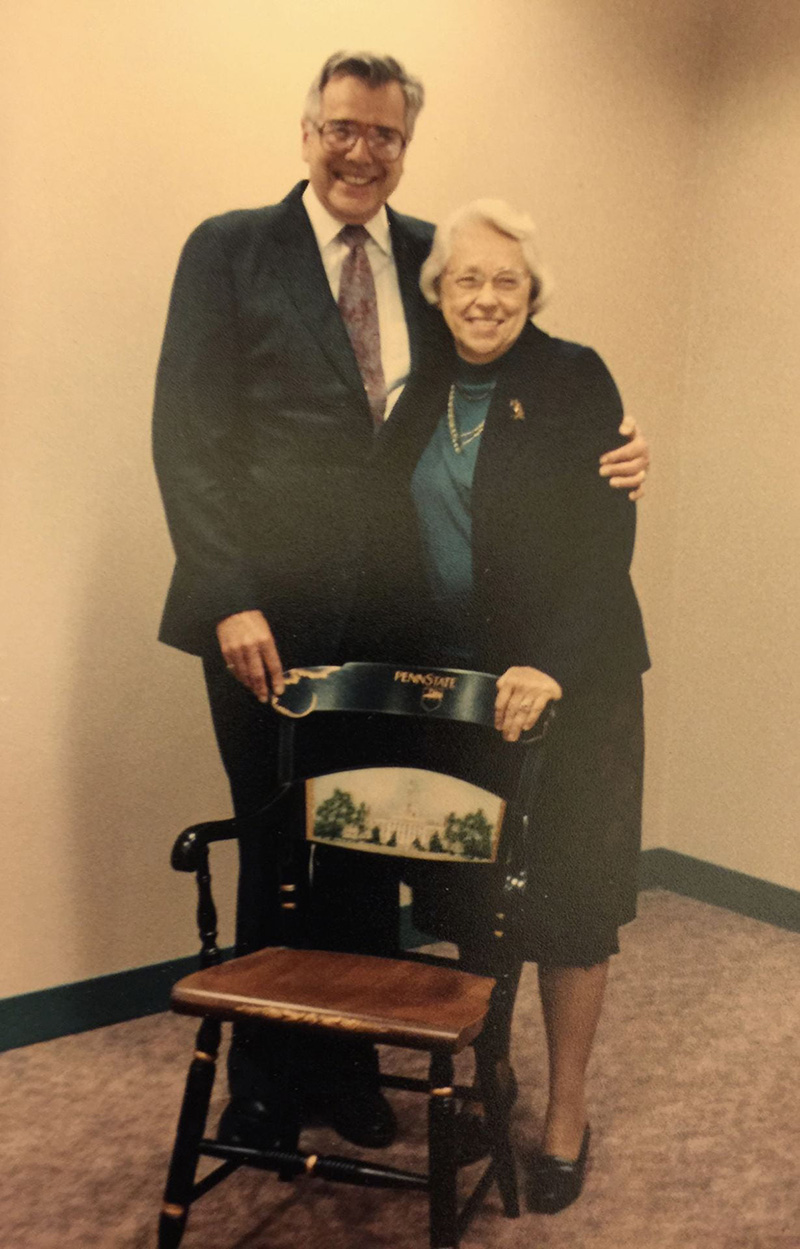
1980s: Penn State College of Medicine researchers led by John Kreider, MD, and Mary K. Howett, MD, and funded by support from the Jake Gittlen Memorial Golf Tournament perfect a technique for propagating the human papillomavirus (HPV), the primary cause of cervical cancer. Their work helps lead to vaccines against HPV, the first of which earns Federal Drug Administration approval in 2006.
1985:
The Doctors Kienle Center for Humanistic Medicine is founded, through the generosity of the late Lawrence F. Kienle, MD, and Jane Witmer Kienle, MD, to encourage and enhance compassionate medical care. Both doctors believed that medical care could be empathic as well as technically excellent, through emphasizing each patient’s individual needs.
A total artificial heart, dubbed “the Penn State Heart,” that was developed at Penn State Health Milton S. Hershey Medical Center is first implanted in a patient.
The 1990s
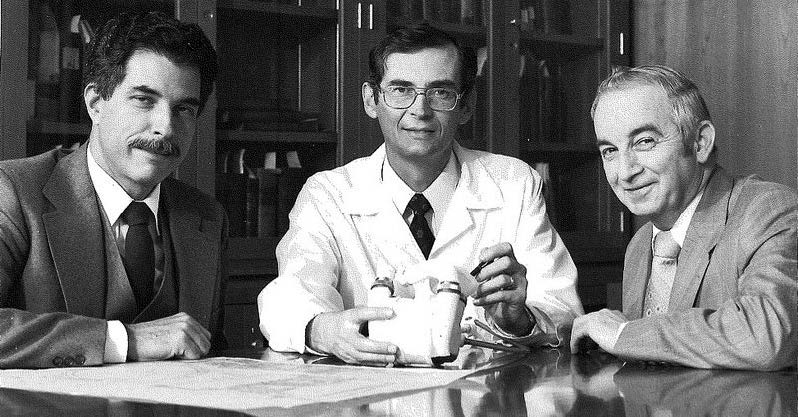
1990: The Pierce-Donachy heart assist pump is named an International Historic Mechanical Engineering Landmark by the American Society of Mechanical Engineers.
1992: The Simulation Development and Cognitive Science Laboratory at Penn State Health Milton S. Hershey Medical Center is founded, making our institution one of the first in the U.S. to routinely use clinical simulation to train students and staff. Renamed the Clinical Simulation Center in 2007, it moves to a new, expanded space in 2010. The College of Medicine continues to be a leader in the field of simulation education today.
1997: Karen Kim, MD, accepts her first appointment in academic medicine as assistant professor of clinical medicine at the University of Chicago.
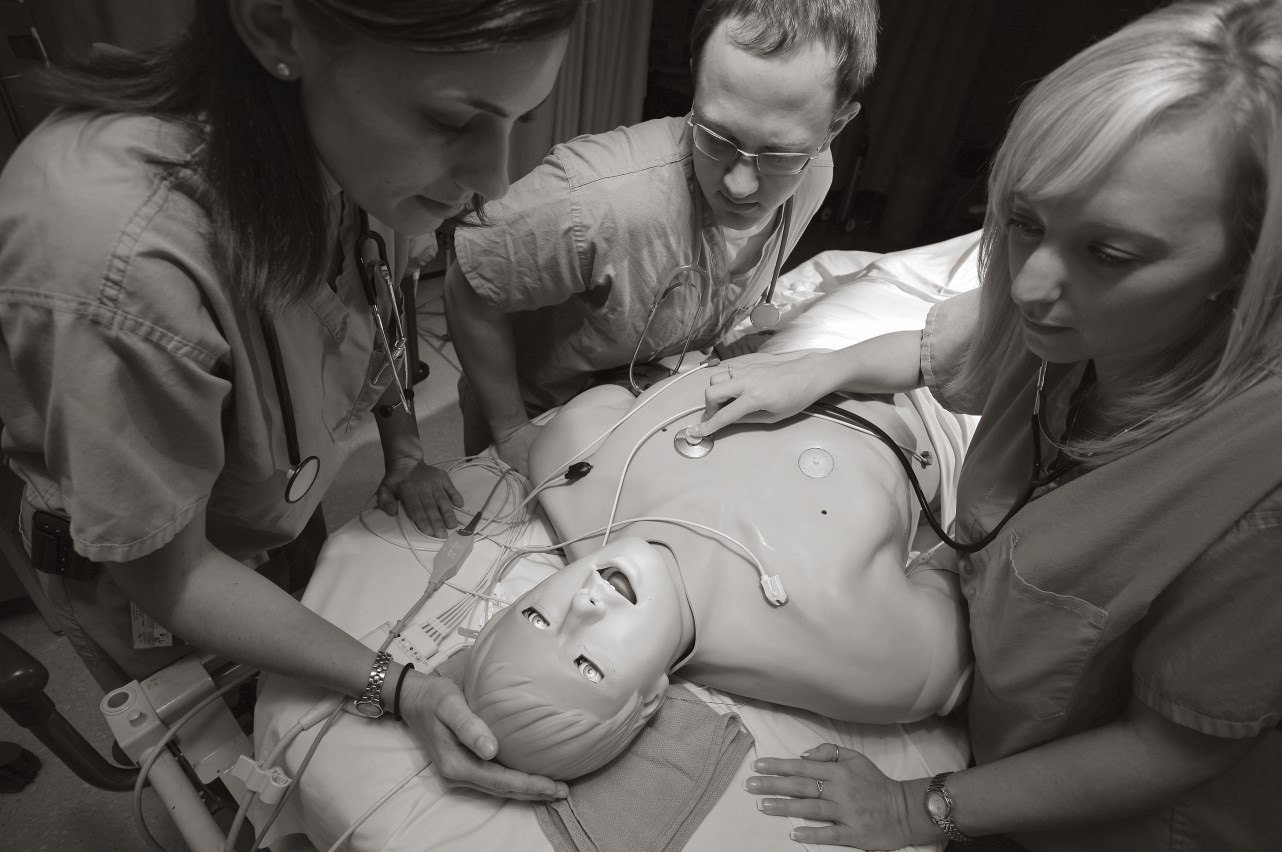
The 2000s
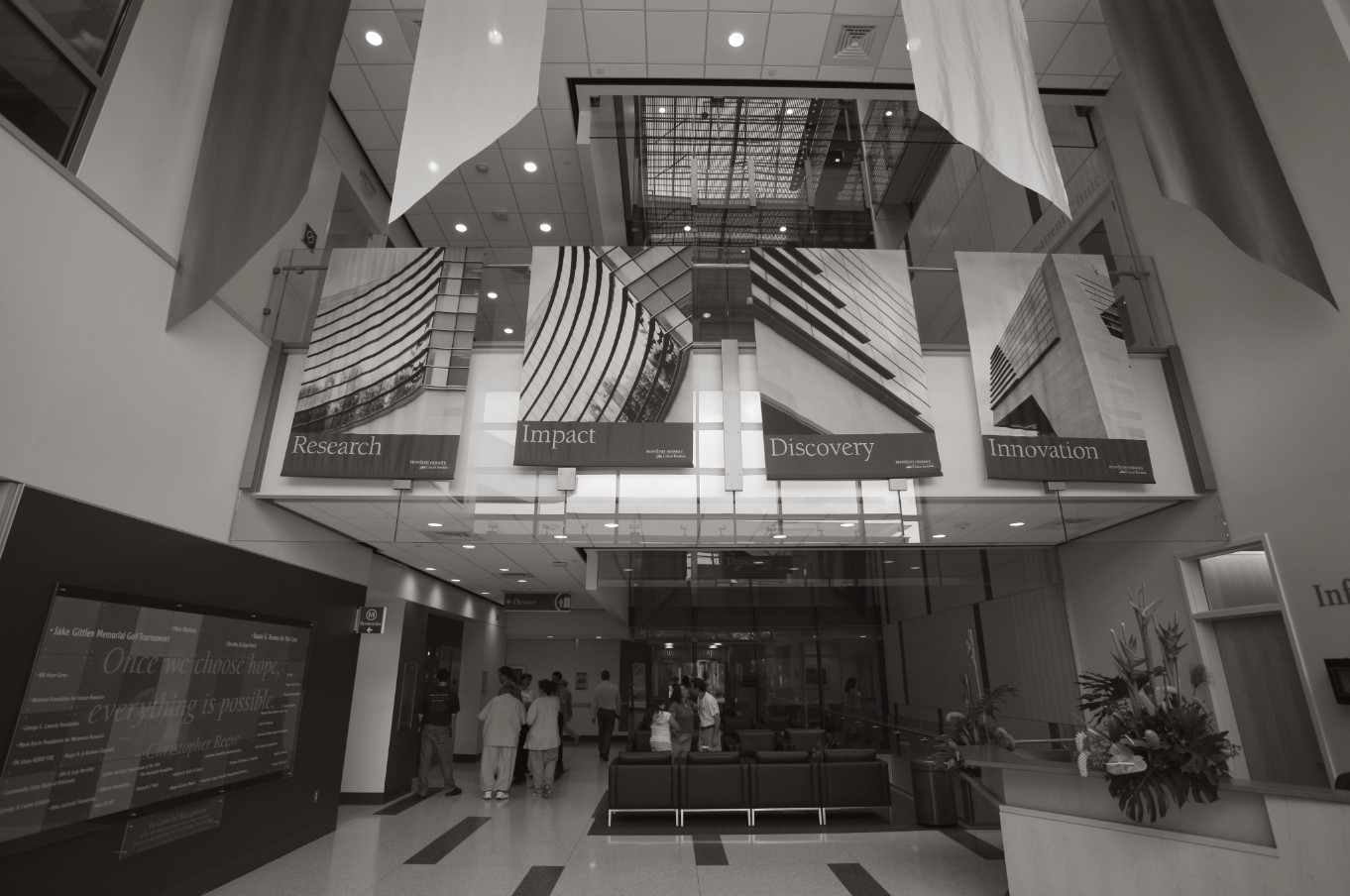
2000: Penn State Cancer Institute is chartered.
2004: Penn State researchers are awarded a $5 million contract from the National Heart, Lung, and Blood Institute of the National Institutes of Health to develop a pediatric heart assist device.
2007: Evan Trost, MD, from the Class of 2002 becomes the first Penn State College of Medicine alumnus to receive the Penn State Alumni Achievement Award, given to alumni who are 35 years of age or younger.
2008: Penn State Heart and Vascular Institute’s ventricular assist device (VAD) program becomes one of only a handful of programs nationwide to earn the Joint Commission’s Gold Seal of Approval for implanting VADs as destination therapy for patients with advanced heart failure.
2009: Penn State Cancer Institute opens its first freestanding facility on the campus of Penn State Health Milton S. Hershey Medical Center.
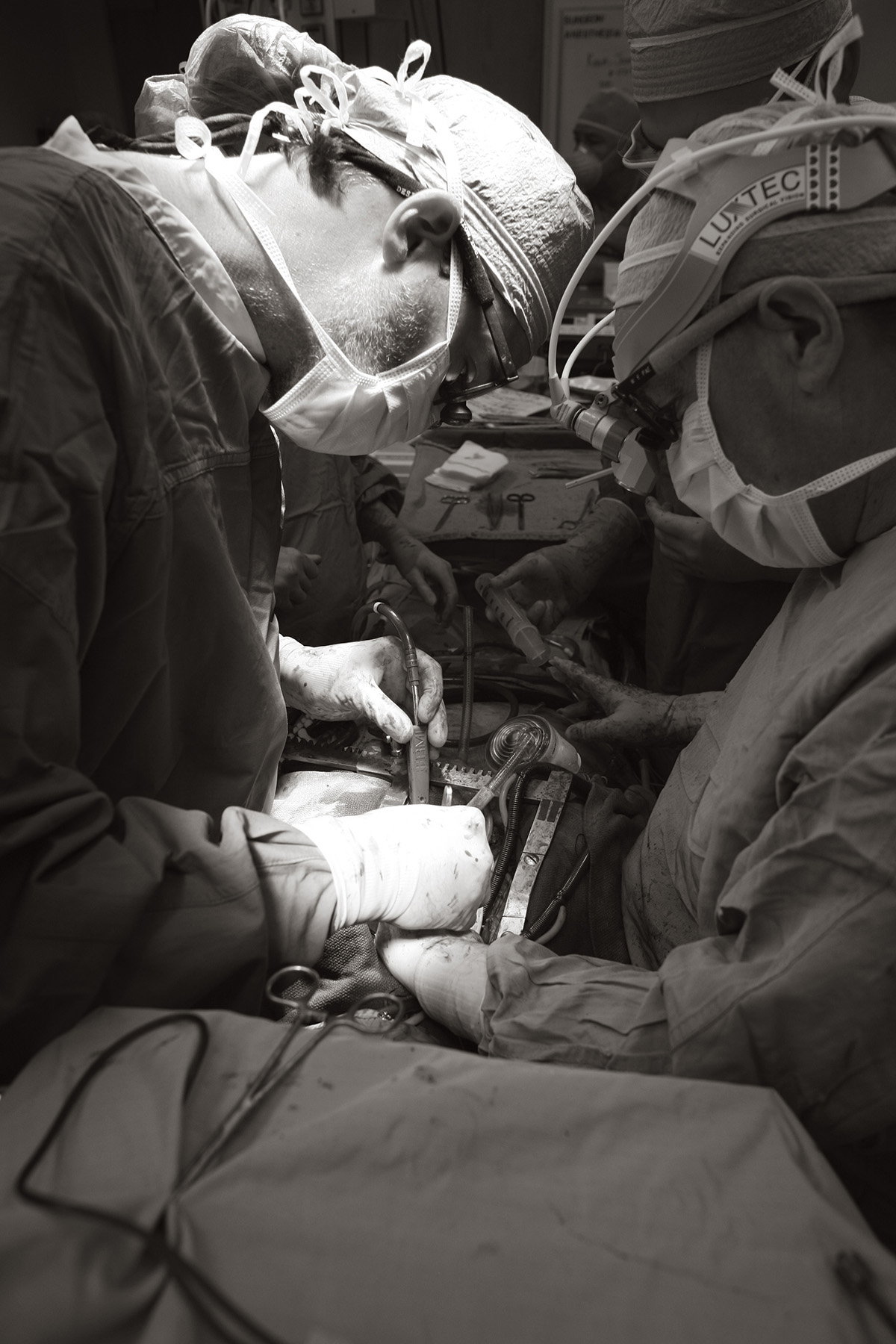
The 2010s
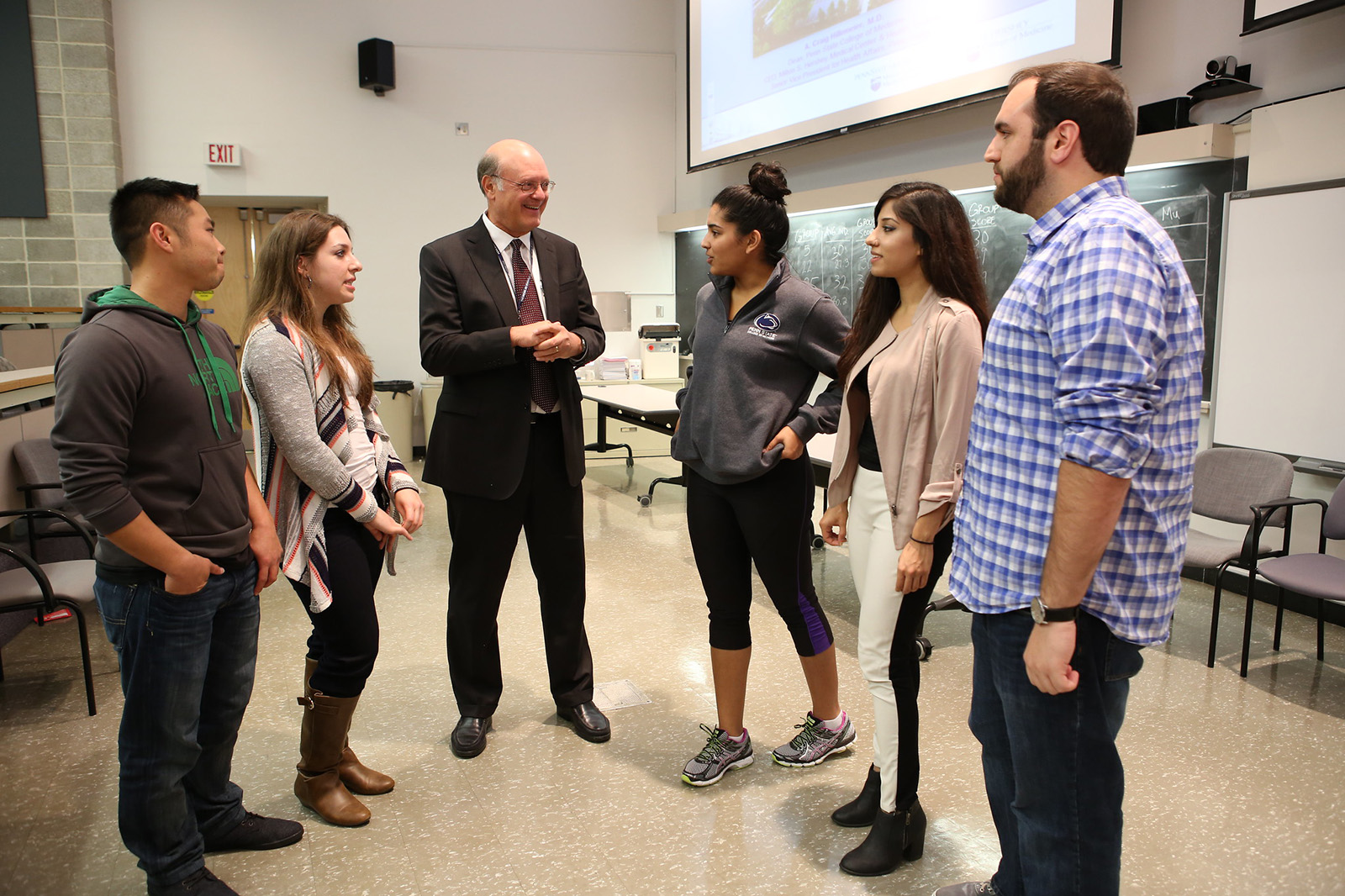
2013: Penn State Cancer Institute helps kicks off the Big Ten Cancer Research Consortium, designed to transform cancer research through collaborative oncology trials that leverage the scientific and clinical expertise of the Big Ten universities.
2014:
- Penn State College of Medicine’s University Park Curriculum track is established in State College.
- The College of Medicine’s MD program transitions from a two-pillar focus – medical science and clinical care – to a four-pillar focus, with biomedical sciences, health humanities, clinical science and health systems sciences.
- Karen Kim, MD, becomes the inaugural dean for faculty affairs for the University of Chicago’s Division of Biological Sciences. This same year, Dr. Kim founds the university’s Center for Asian Health Equity and becomes its director.
2019: To support ongoing growth and evolving functions of Penn State Health and the College of Medicine, the University’s Board of Trustees approve an action undertaken by the Penn State Health Board of Directors to establish two distinct leadership roles, a dean and a CEO, to oversee the medical school and clinical arm of the University’s growing health care network. Craig Hillemeier, MD, the last individual to serve as both dean and CEO, retires later in the year. Kevin Black, MD, is named as his successor. Dr. Black serves as interim dean until 2023.

The 2020s
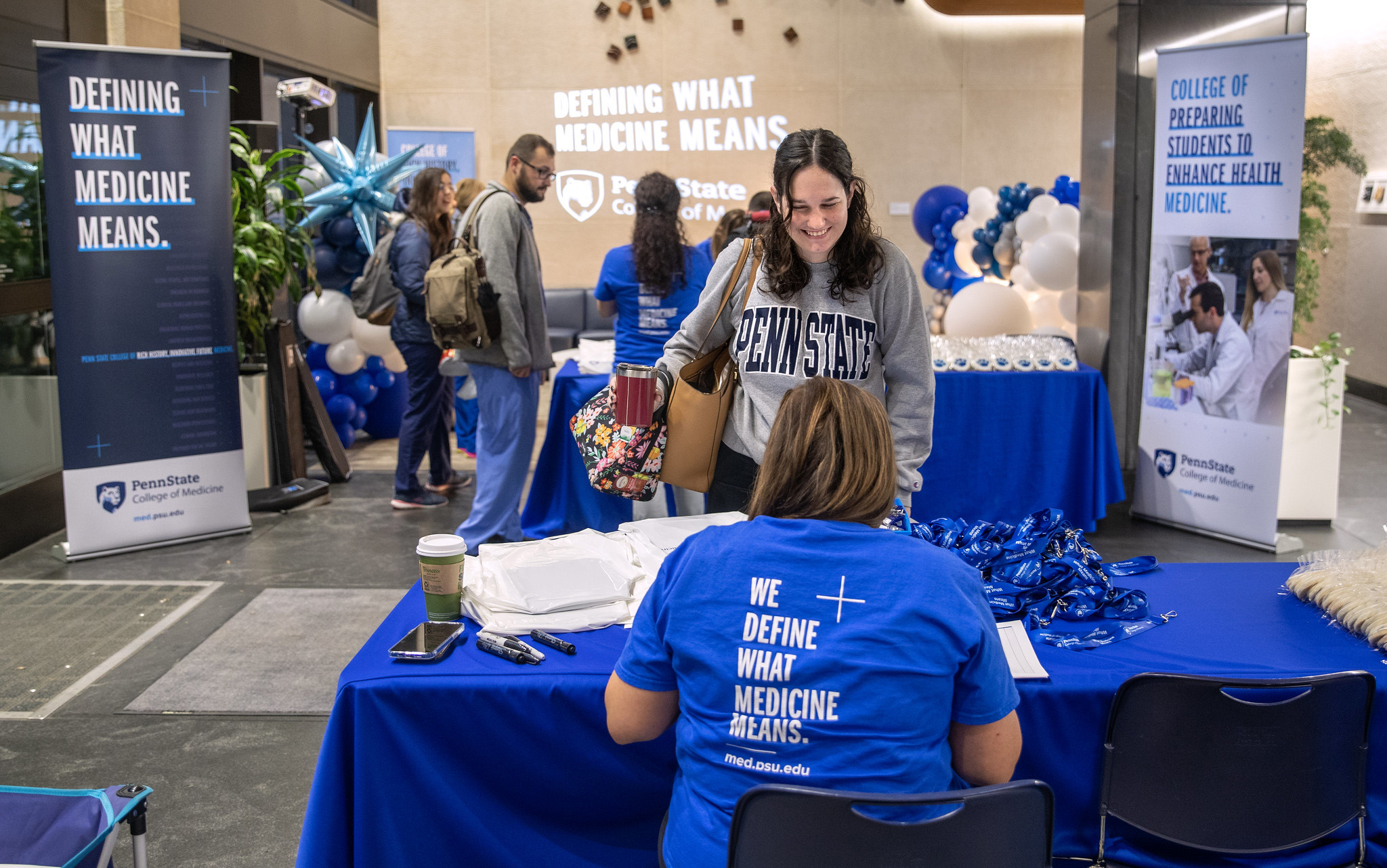
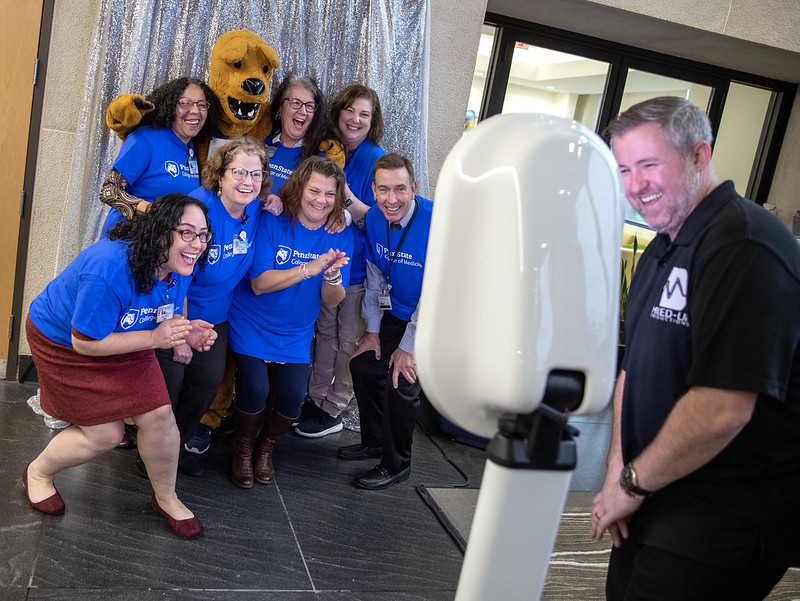
2020:
- The COVID-19 pandemic arrives in the U.S. and a new phase of research, education and clinical care begins at the College.
- Karen Kim, MD, is appointed as the vice provost for research and senior research officer at the University of Chicago.
2022:
- Inginia Genao, MD, is appointed as the College’s first vice dean of diversity, equity and belonging.
- The College launches its first-ever brand campaign, “What Medicine Means.”
- Neeli Bendapudi begins her tenure as the nineteenth president of Penn State University.
2023: The College ushers in a new era with the arrival of Dr. Kim as its next dean, concluding the tenure of Kevin Black, MD, interim dean. Dr. Kim is the College’s first woman dean and the first Korean American woman serving in such a role nationally.

